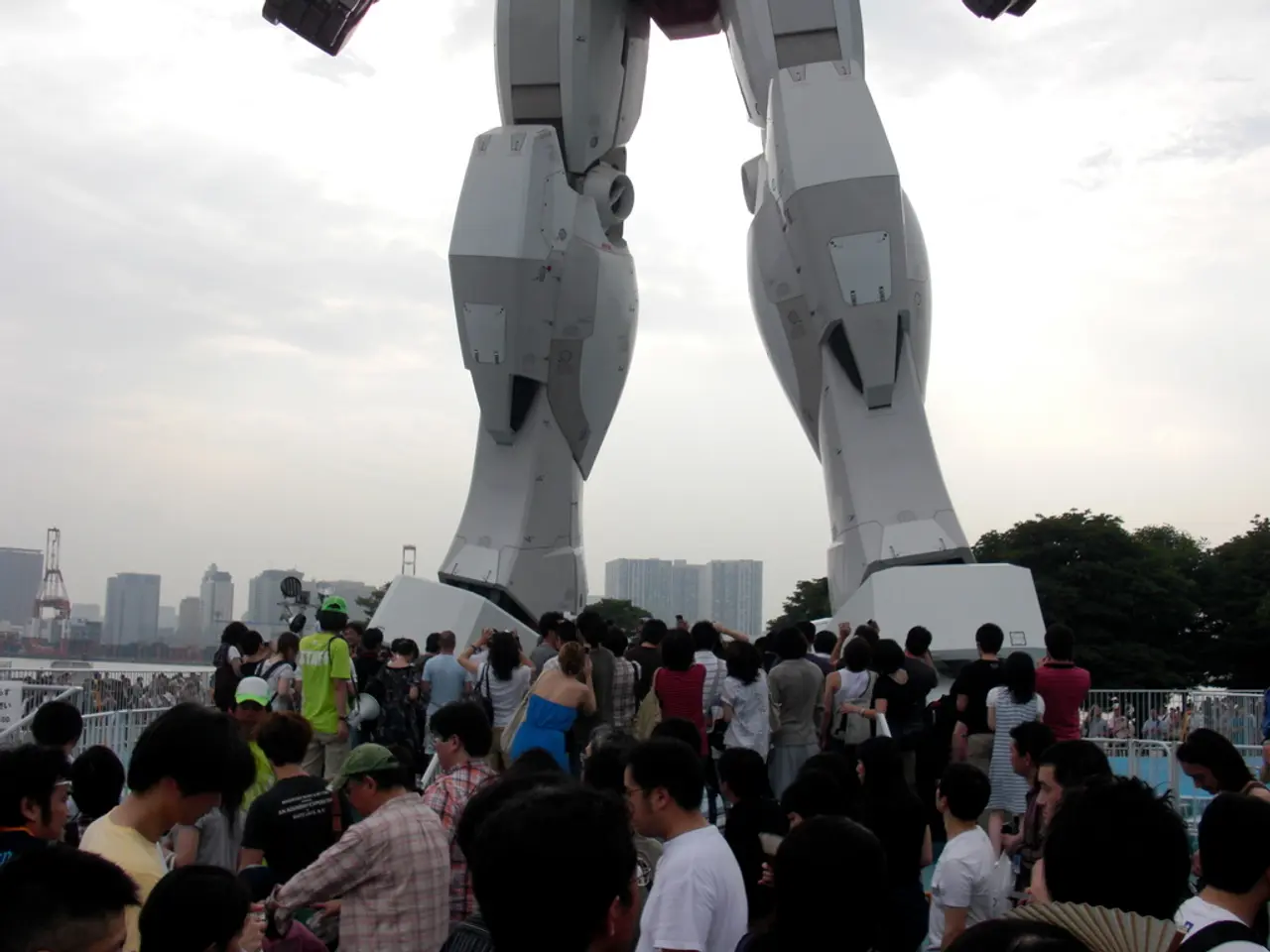Robotics Breakthrough: Pursuing Physically Intelligent Machines
Researchers are exploring new paths in robotics to overcome current limitations. Mechanical Intelligence (MI) aims to create robots with physically intelligent bodies, reducing the need for excessive energy and complex control systems. Meanwhile, industry giants like Sony and Siemens are investing in flexible structures for dynamic robot movements.
Current humanoid robots struggle with inefficiencies. Tesla's Optimus robot, for instance, consumes around 500 watts per second for a simple walk, more than double a human's 310 watts. This high energy demand is partly due to the need for constant corrections to maintain balance, with robots making millions of tiny adjustments every second. Moreover, these machines often lack the fluidity and flexibility of their biological counterparts, as they have a limited number of joints.
Researchers at Fraunhofer IFAM and HTWK Leipzig are working on solutions. They aim to develop robots with flexible mechanical structures and improved movement coordination. Sony's robotics division has also expressed interest in new flexible structural mechanisms for dynamic motion. The goal is to create robots that can step confidently out of the lab and into our world, mimicking the natural movements of humans and animals more effectively.
The future of robotics lies in the synthesis of hardware and software, with a focus on creating physically intelligent machines. By reducing the need for active sensors, processors, and extra energy, these robots could achieve passive automatic adaptation. However, the progress in AI also brings challenges, such as increasing weight and energy demands. As seen with Boston Dynamics' Atlas, physical limitations still hinder robots' ability to navigate complex terrains confidently. Overcoming these hurdles will be key to unlocking the full potential of robotics.
Read also:
- Reconsidering the Approach to Mountain Height Measurement?
- UK automaker, Jaguar Land Rover, to commit £500 million for electric vehicle manufacturing in Merseyside
- Standard Nuclear & Framatome Join Forces to Boost TRISO Fuel Production by 2027
- Exhibition Spotlights Child Labor in Lithium and Cobalt Mines








